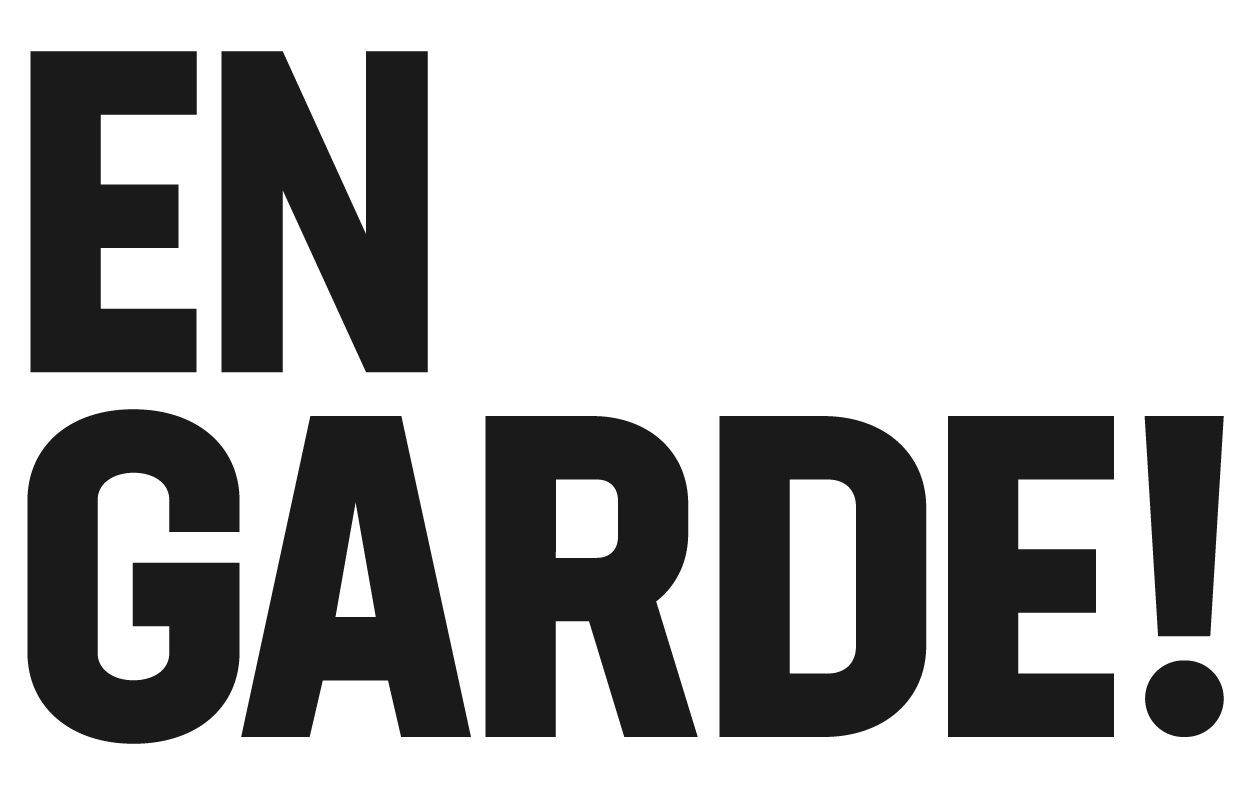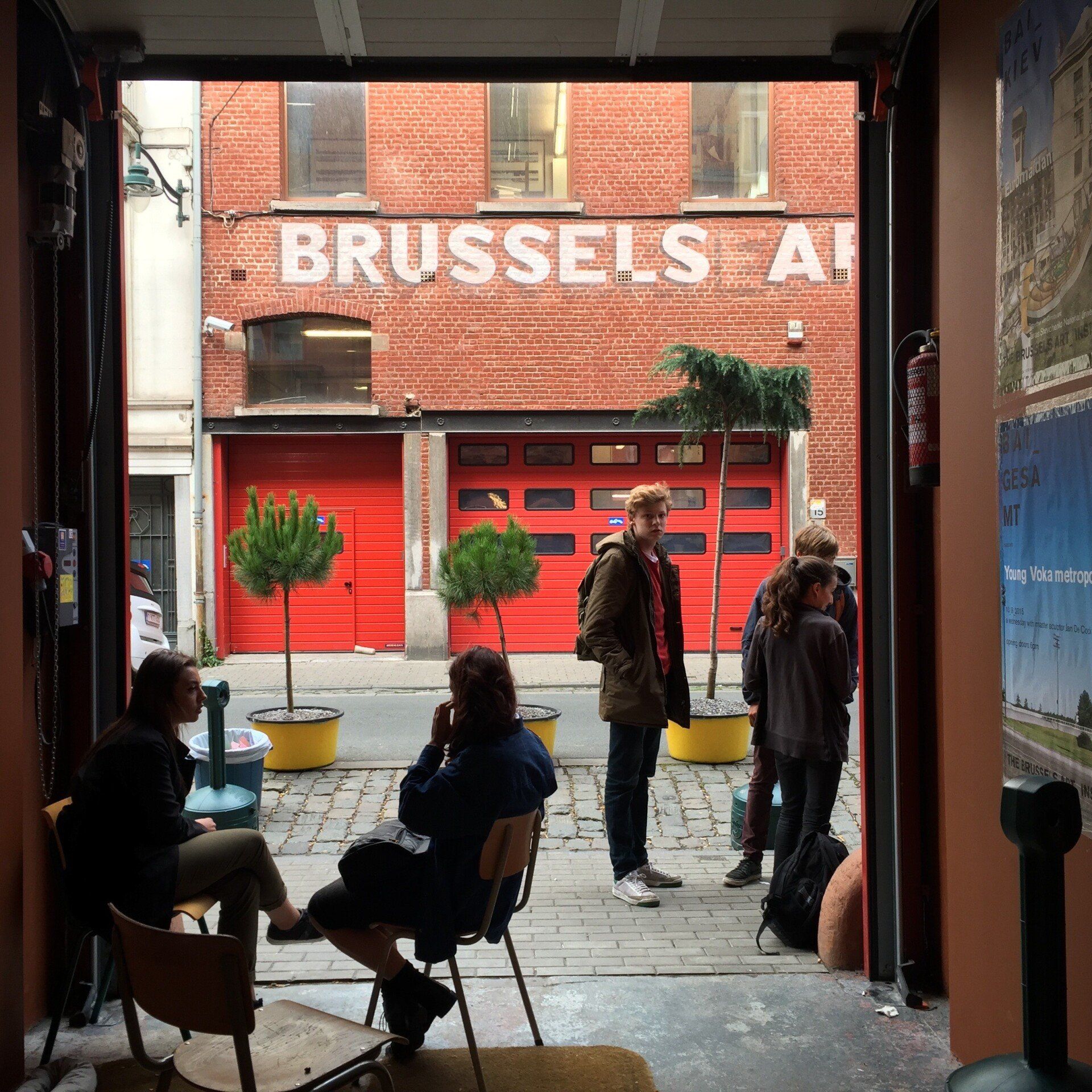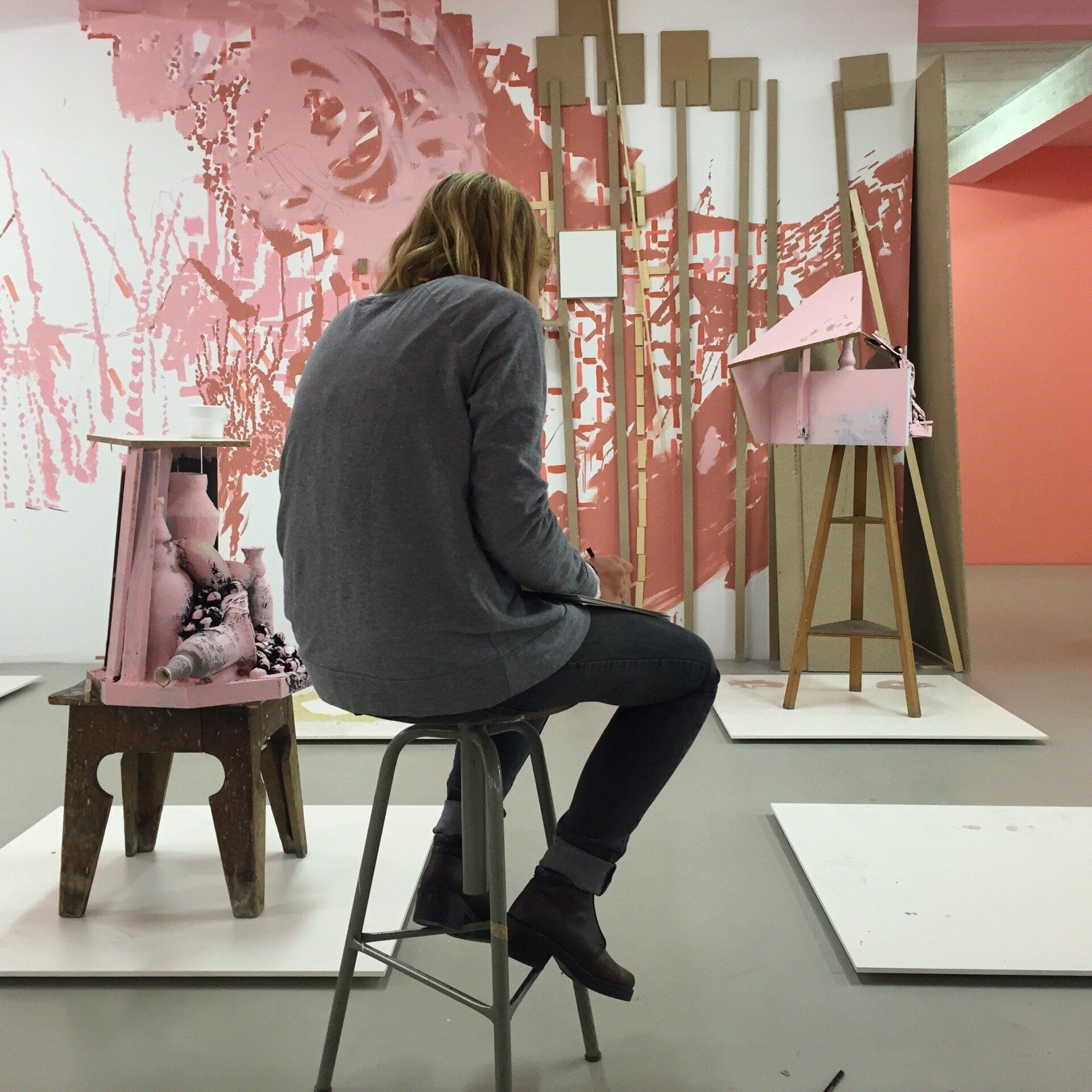La petite histoire
Was it a case of sheer nostalgia or an authentic longing for insight in contemporary art and art in general?
It all started when Gianni Isella invited his former teacher of art history Siegfried Beyers from Sint Lukas Kunsthumaniora Brussel to organise a series of art history seminars for a few colleague entrepreneurs and friends. Apparently Gianni had some nice recollections of Siegfried’s art history lessons in his former school. At the time Siegfried taught at Jan De Cock’s Brussels Art Institute. Loosely structured, these impromptu lessons quickly evolved into a Q&A about the manifold problems one is confronted with when looking at contemporary art. To be more precise the classroom was the ‘Carrara Bitter Bar’, a marble-decorated space where visitors and invitees of the Brussels Art Institute could enjoy an Italian bitter and discuss contemporary art. The evening sessions quickly changed course and the discussions gained momentum when the actual art scene was put to the test.
The Brussels Art Institute dissolved into the Bruges art Institute, Siegfried Beyers went back to his regular teaching job and Gianni Isella set up a new business, called Domani with his friend Jeroen M. So far, so good. But the idea to start something within the contemporary art world took root in Gianni Isella’s brain. Gianni, of Italian and Swiss descendance, took a false start as a graphic design drop-out but quickly moved on to an Italian culinary family business near Brussels. Meanwhile he took courses at the Vlerick Business School in order to set up the aforementioned business.
After some years Gianni contacted Siegfried again on another art matter. Why not set up an online platform that would actively sell art pieces from interesting Belgian artists in order to allow them - the artists - to be financially independent and to pursue their own plans and artistic ideas while bypassing the established gallery system. Gianni had set up a business plan with Jeroen M. Jeroen had a history of study at the London School of Economics and a practice of buying and selling businesses. The art platform Engarde was born
Siegfried was asked to curate and guarantee a sense of quality for the platform. He is an inspired teacher and catalyst for young artists
For a decade he has been working on a Bilder Atlas and a treatise called ’Sacra Conversazione’, an essay on our mute but sacred conversation with images.
Siegfried in return immediately called in Ash Bowland, another former student of his, to assist. For the last two years Ash led and curated a non profit art platform called The Archive Hotel. Over the years this platform was able to gather more than fifty artists around the question of the meaning of an archive for the practice and methods of the individual artist.
As an image maker, a struggling artist, an art educator and the founder of TAH she is acquainted with the ins and outs of being an artist. Beyond the romantic concerns of the struggling artists waiting for a breakthrough she tried to extract answers and inspiration from the ever resourceful images.
Ash and Siegfried managed to assemble a list of one hundred interesting artists living or working in Belgium or the neighbouring countries. In no time they set up a tour of studio visits in order to convince artists to join the platform. Plans to set up exhibitions, organise off line and pop up events and attract external curators quickly arose during discussions. Engarde could and should be far more than just an ordinary webshop. Engarde should inform, educate and strive to take part in the contemporary art scene in Belgium and beyond. Engarde should not only sell, but organise, disperse and promote Belgian art.
That is why we are calling out to artists, art lovers, art collectors and art dealers.
To art lovers
The world of art seems an enticing and exciting world. At the same time the concept of beauty has become a complex and layered idea. Art is no longer a serving hatch for beauty. We assume that enjoying art has become an intellectual and sensory challenge. Imagine a platform that helps you take the first steps. engarde.brussels will guide you through the art world with the help of independent specialists.
To art collectors
For a seasoned art lover, the tour of art galleries can be a daunting affair. As a connoisseur, your eye is focused on quality on the one hand and market value on the other. You love discoveries and you are open to experiment. Well, there exists a digital platform of independent artists yet to be discovered: engarde.brussels
To art dealers
Would you like to put your gallery’s artists to the test? No matter how idealistic you are or how big your involvement may seem: you are still a trader. The engarde.brussels platform can find out how much response an artist gets out there on the internet and not just in terms of sales. Wouldn’t you like to find out how the artist of your choice manages in order to develop your gallery strategy.

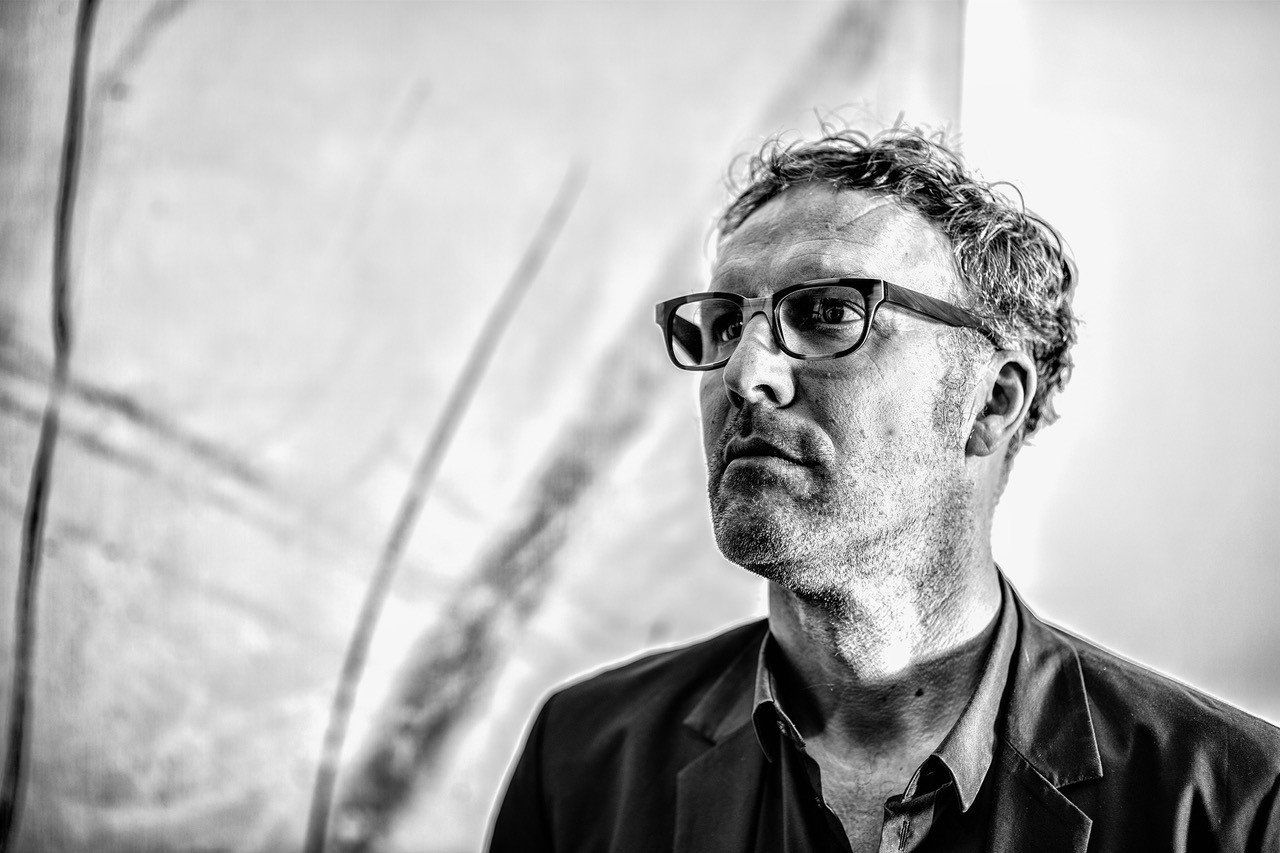
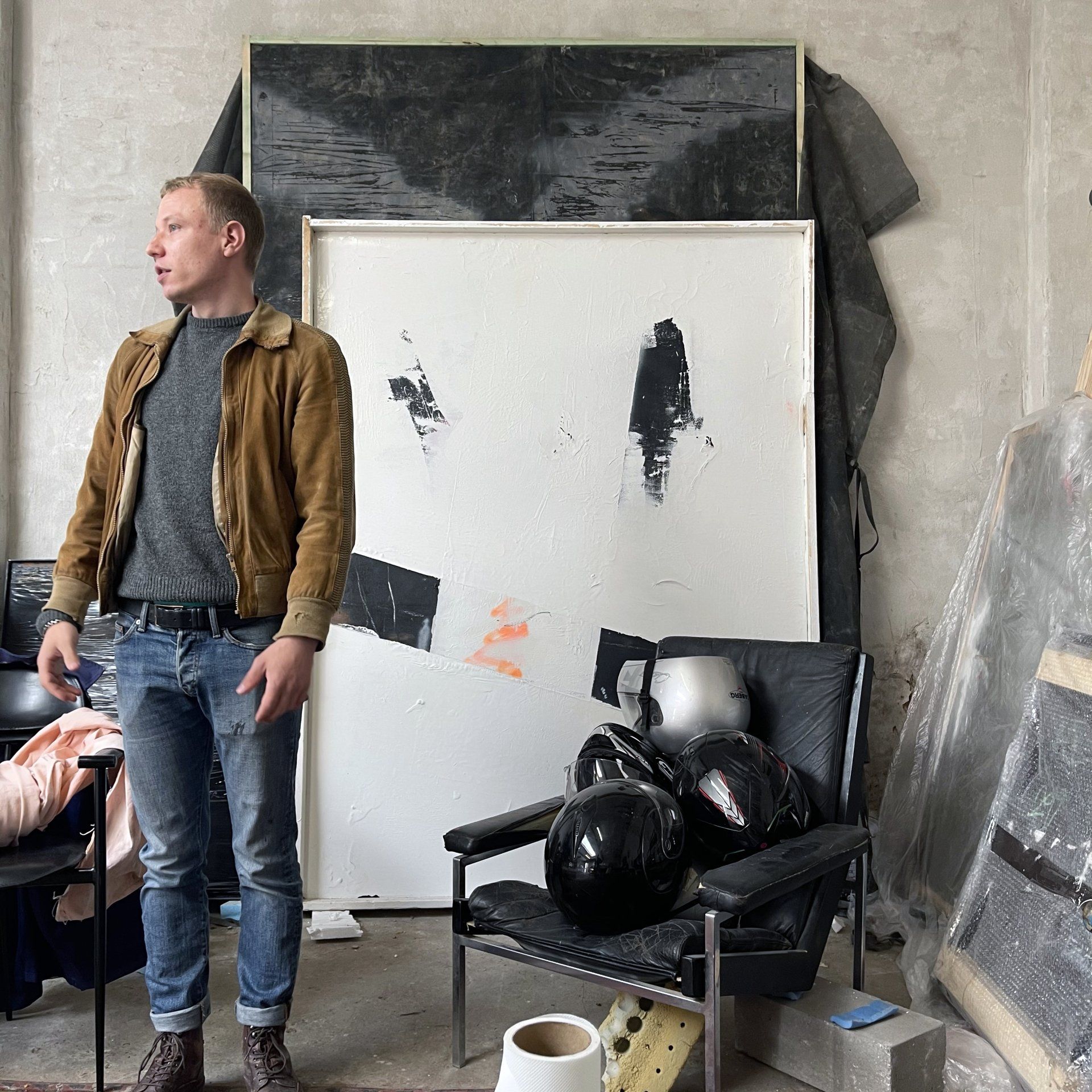
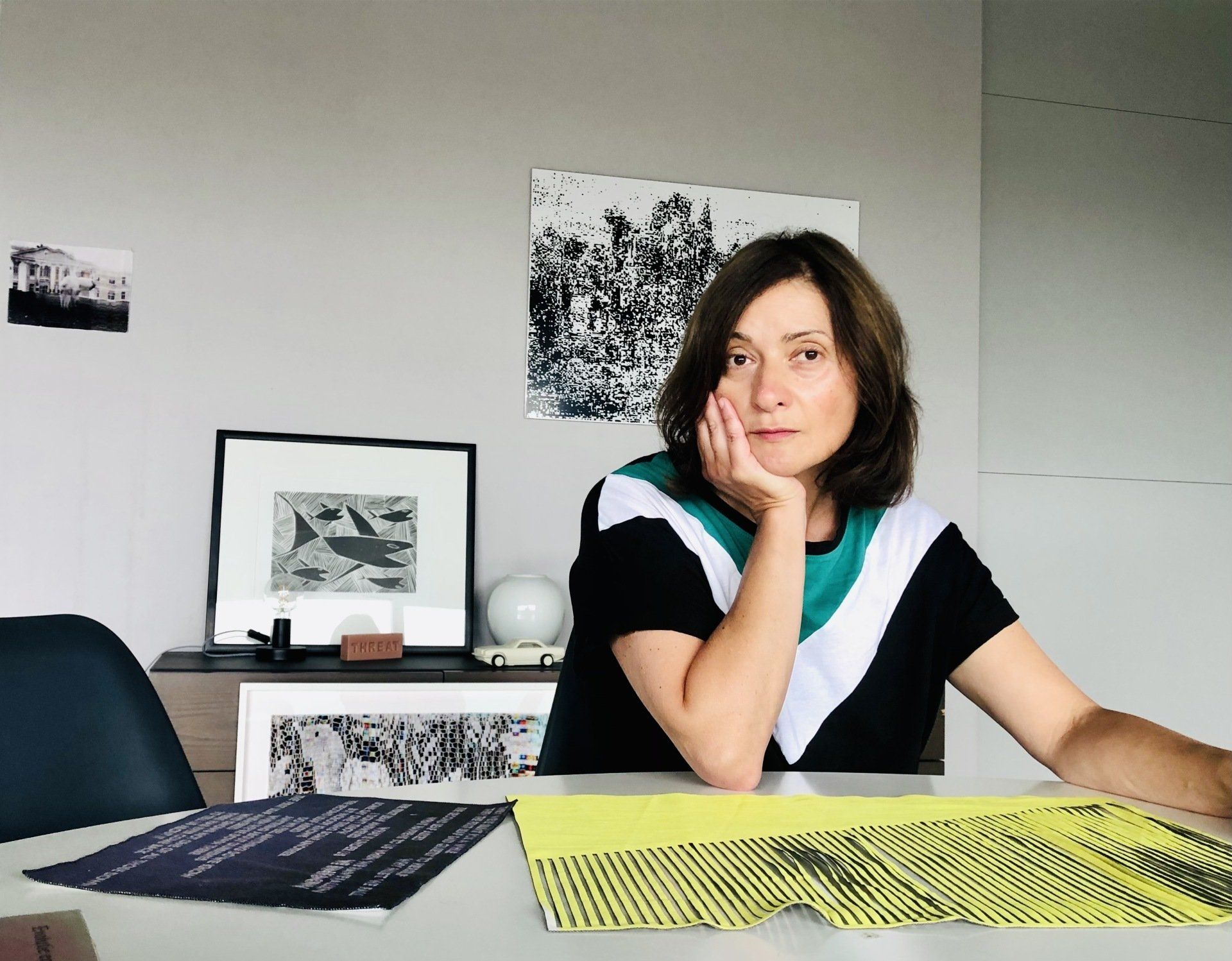
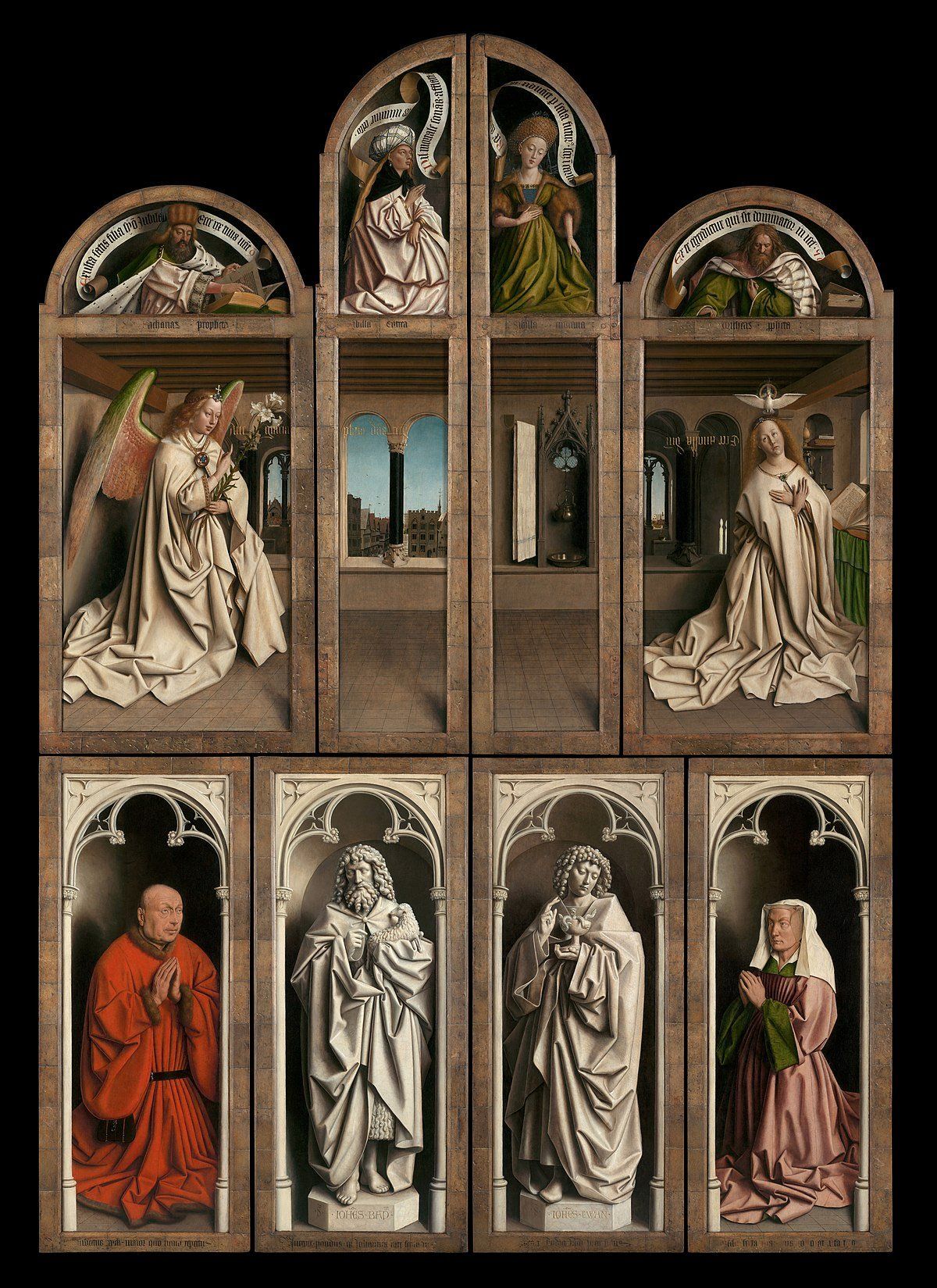
We will get back to you as soon as possible.
Please try again later.
